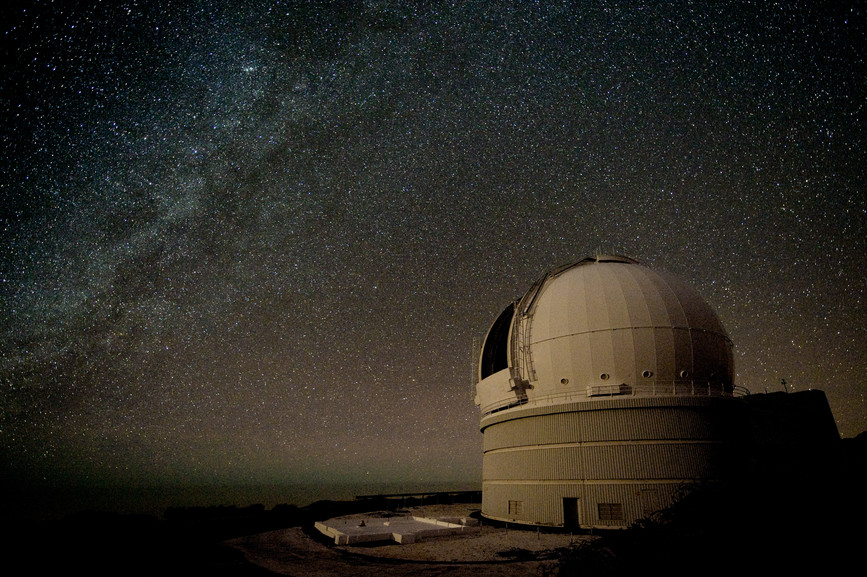Semiconductor-based sources of single and highly-entangled photons

In this talk, we will focus on GaAs QDs in AlGaAs matrix [1,2], which show a unique combination of appealing features: fast radiative rates of ~5 GHz, capability of generating near perfectly entangled photon pairs [3] with good indistinguishability [4], ultralow multiphoton emission probability [5], high brightness [6], as well as a wavelength (~800 nm) suitable for free-space quantum communication and Silicon-based single-photon detectors. Some of these properties were recently used to implement photonic quantum teleportation and entanglement swapping using photons sequentially emitted by the same quantum dot [7].
Because of the statistical fluctuations in the optical properties of different QDs in an ensemble, scaling up the QD hardware is still an open challenge. Realistic strategies and encouraging results relying on post-growth tuning of the QD properties [8-11] will be discussed.
References
[1] A. Rastelli et al., Phys. Rev. Lett. 92, 166104 (2004).
[2] Y. Huo et al., Nature Phys. 10, 46 (2014).
[3] D. Huber et al., Phys. Rev. Lett. 121, 033902 (2018).
[4] M. Reindl et al., arXiv:1901.11251
[5] L. Schweickert et al., Appl. Phys. Lett. 112, 093106 (2018).
[6] J. Liu et al., Nature Nanotech. 14, 586 (2019).
[7] M. Reindl et al., Science Adv. 4, 12, eaau1255 (2018). F. Basso Basset et al., arXiv:1901.06646v1
[8] A. Rastelli et al, Phys. Status Solidi (b), 249, 687 (2012).
[9] R. Trotta et al., Nat. Comm. 7, 10375 (2016).
[10] M. Reindl et al., Nano Lett. 17, 4090 (2017).
[11] X. Yuan et al., Nat. Comm. 9, 3058 (2018).
Information
Speaker: Armando Rastelli

